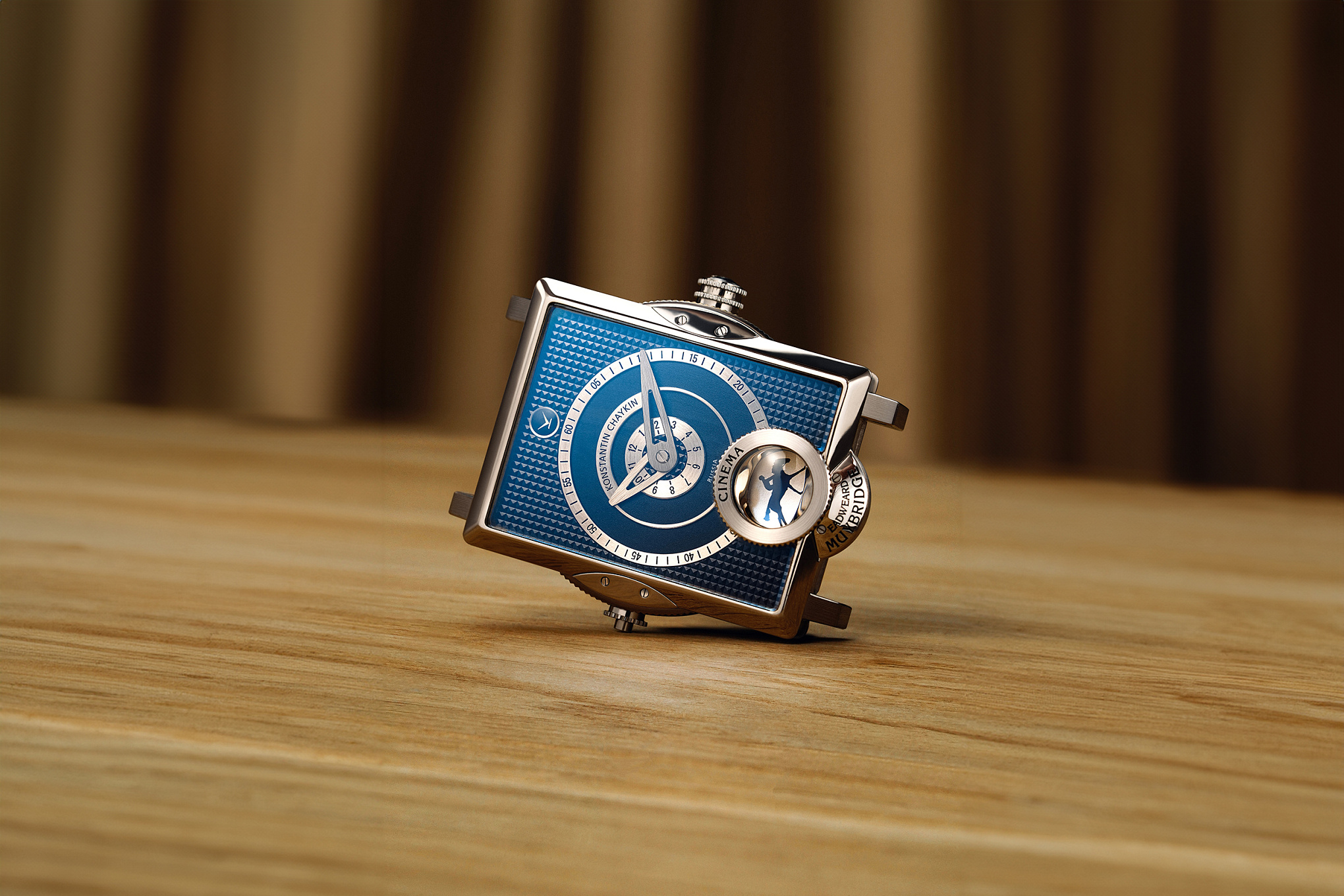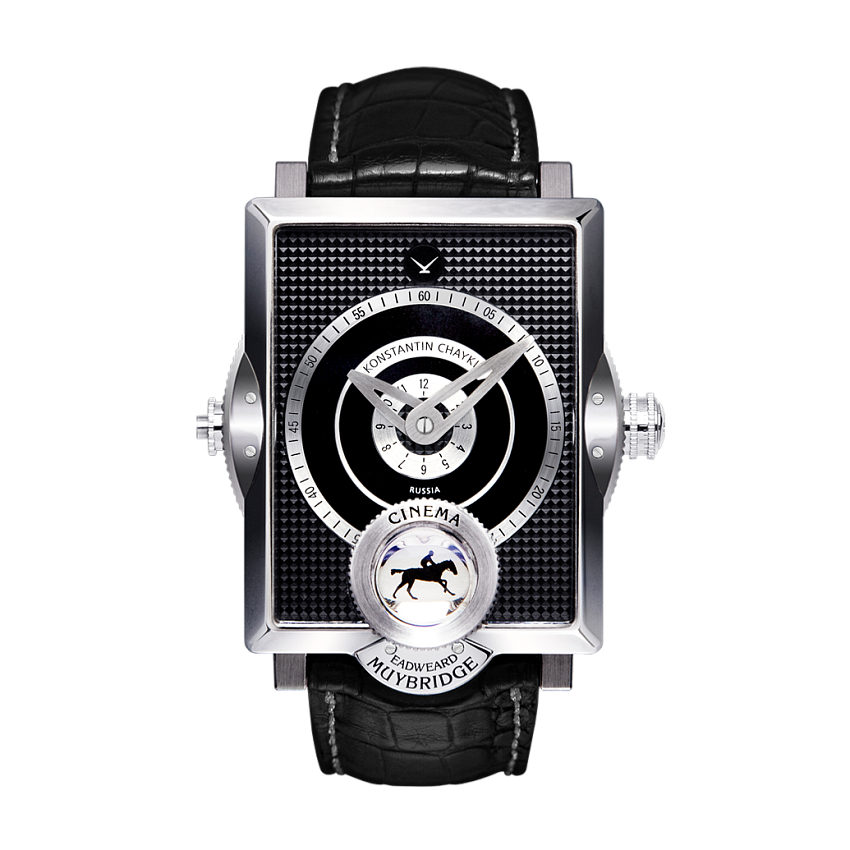
СINEMA
The founders of the cinema are often considered to be the Lumiere brothers, although this is not entirely fair. In the 19th Century, ideas of how to bring a static photo to life literally hovered in the air. Step by step, scientists and talented inventors from different countries created a projection technique now commonly known as cinematography.
The ground for the achievements of the Lumiere brothers was prepared by Étienne-Jules Marey and his photographic guns, Ottomar Anschütz and his electrotachyscope, the Kodak company with their rolls of film, and of course the author of the kinetoscope and kinetograph, Thomas Edison, who came closest to creating the true magic of cinema. It was Edison’s kinetograph, improved upon by the Lumiere brothers, that became the cinematography we know today. But there was another important link in this chain of inventions, and his name is Eadweard Muybridge.
It was the English photographer Eadweard Muybridge, a man at the forefront of animation, who inspired Edison to experiment with moving photography. The Englishman personally demonstrated his apparatus for projecting moving images, which he called the ‘zoopraxiscope’ (from the Ancient Greek words for “animal”, “movement” and “look”), to Edison, which suitably impressed the American businessman. It was quite something to behold – two decades before the Lumiere brothers, Muybridge had worked out the main principles of cinematography. Shooting frame by frame, he first tested it to film a galloping horse. In 1878, he decided to help the American industrialist Leland Stanford to find out whether, at any one moment, a horse takes all four legs off the ground while galloping. To do this, he began to photograph the animal using several cameras at the same time.
“Timepieces with animations have been known to humanity for a long time”, says head of the manufactory Konstantin Chaykin. “We know whole generations of watches with jacquemarts, mechanical theatres and different automatons controlled by clockwork. But the art world long ago discovered a new form of transmitting images – cinematography. And as the theatre formed the basis for the creation of feature films, so classic timepieces with jacquemarts allowed a new trend to emerge – a watch with a cinema. The potential of the idea is unlimited, and experiments in this field are just beginning”.
Konstantin Chaykin created his own miniature film projector for the dial of the “Cinema” watch. By pressing a special button, you can bring to life, thanks to the rapid frame changes, the photo of a horse galloping with a jockey. It is priceless to experience the joys of the inhabitants of the 19th Century, who first encountered animated photographs! According to experts in the field of the art of watchmaking, this watch represents the pinnacle of the technical implementation of the animation function in watch mechanics.
